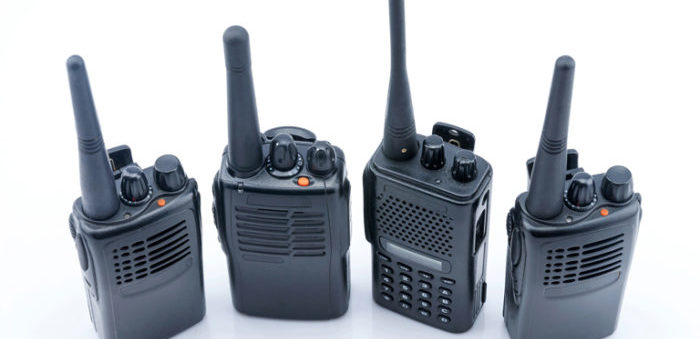The US Coast Guard has received reports from crews, ship owners, inspectors and other mariners regarding poor reception on VHF frequencies used for radiotelephone, digital selective calling (DSC) and automatic identification systems (AIS) when near light emitting diode (LED) lighting on-board ships (e.g., navigation lights, searchlights and floodlights, interior and exterior lights, adornment).
Radio frequency interference caused by these LED lamps creates potential safety hazards. For example, the maritime rescue coordination center in one port was not able to contact a ship involved in a traffic separation scheme incident by VHF radio. That ship also experienced very poor AIS reception.
[smlsubform prepend=”GET THE SAFETY4SEA IN YOUR INBOX!” showname=false emailtxt=”” emailholder=”Enter your email address” showsubmit=true submittxt=”Submit” jsthanks=false thankyou=”Thank you for subscribing to our mailing list”]
Other ships in different ports have experienced degradation of the VHF receivers, including AIS, caused by their LED navigation lights. LED lighting installed near VHF antennas has also shown to damage the reception.
Strong radio interference from LED sources may not be immediately evident to maritime radio users. However, it may be possible to test for the presence of LED interference by using the following procedures:
- Turn off LED light(s);
- Tune the VHF radio to a quiet channel (e.g,. Channel 13);
- Adjust the VHF radio’s squelch control until the radio outputs audio noise;
- Re-adjust the VHF radio’s squelch control until the audio noise is quiet, only slightly above the noise threshold;
- Turn on the LED light(s). If the radio now outputs audio noise, then the LED lights have raised the noise floor;
- If the radio does not output audio noise, then the LED lights have not raised the noise floor.
If the noise floor is found to have been increased, then it is likely that both shipboard VHF marine radio and AIS reception are being degraded by LED lighting.
In order to determine the full impact of this interference, USCG requests those experiencing this problem to report their experiences to the Coast Guard Navigation Center.
Operators should select “Maritime Telecommunications” on the subject drop down list, then briefly describe the make and model of LED lighting and radios effected, distance from lighting to antennas and radios effected, and any other information that may help understand the scope of the problem.

































































